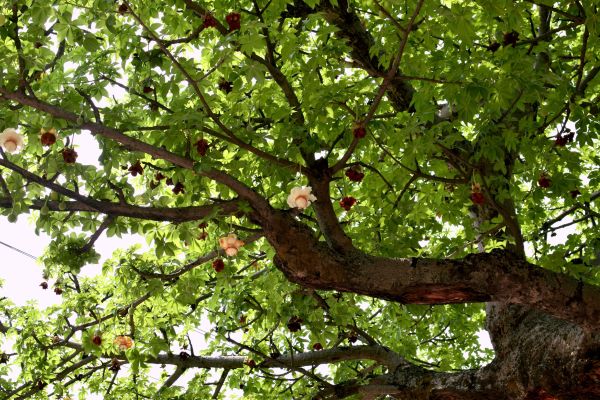Saving a city’s lungs

“How many mulberries will you take home today?” asked my friend. We had successfully climbed the tree in front of his house and were parked there for a good hour. This had become a daily routine. We would rush back from school, dump our bags and be ready for the climb. Come Sunday, the place of action was the front porch of our house, up the guava tree.
A good 30 years later, only one of these trees still stands. Several others in the bustling urban lane I live in, have been taken over by house expansions and car parks. This includes the gulmohar tree, near our school bus stop. This tree would brighten our sleepy eyes in the early hours of the morning.
But why am I getting nostalgic today? Watching how trees have become central to the development narrative in several cities has, in fact, triggered all these thoughts. Residents of Mumbai have come together to Save Aarey Forests and its entire wild fauna. In Delhi, a hashtag called delhitreessos is driven to save one of the greenest parts of Delhi, where over 14,000 trees are to be cut. This is unimaginable considering the city is in the grips of the worst air pollution its residents have ever witnessed. Movements to save Cubbon Park or stop the construction of a Steel Flyover have brought together several Bengaluru residents. And these are only a handful of instances where we urban citizens, young and old are determined to save our homes.
Trees in our cities are also not just about birds, flowers, fruits or squirrels. They are also an important part of our social interaction. Ever seen auto rickshaws parked during the afternoon for a quick power nap? Don’t miss watching office goers or workers reach the neighbourhood parks to sit under the shade of a tree during lunch time. Many of us have had memorable conversations at tea shops that are integral to neighbourhood or college life.
More than ever before, trees and open green spaces are critical for any urban centre. Ecologists and researchers have pointed out how trees can reduce heat and curtail air pollution. You don’t need expensive technology if you can protect the natural lungs of the city. They are inexpensive hangout spots that are open to any age group, gender, or class. They are an urban heritage we need to protect for a healthy today and a secure tomorrow.
Conservation and Nature is a series brought to you by Kalpavriksh Environmental Action
Here are some clues along with the picture to help you identify these common trees.